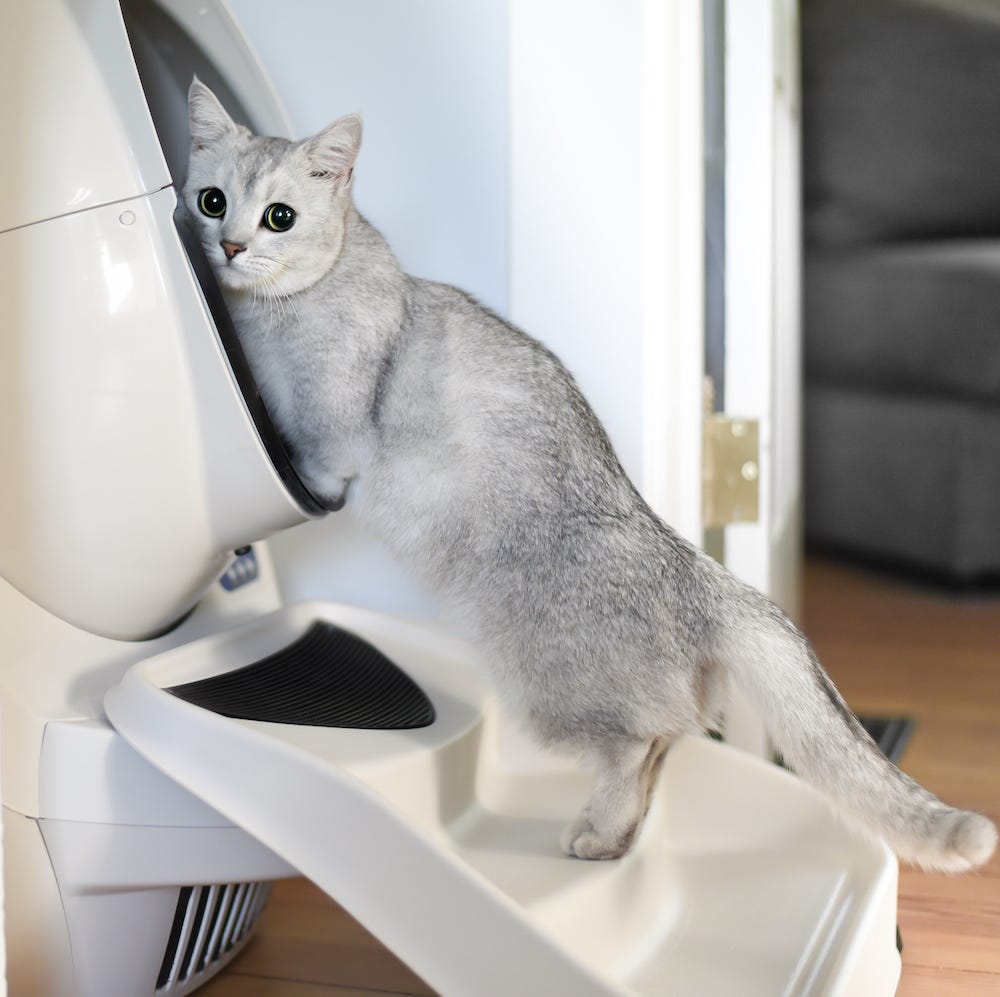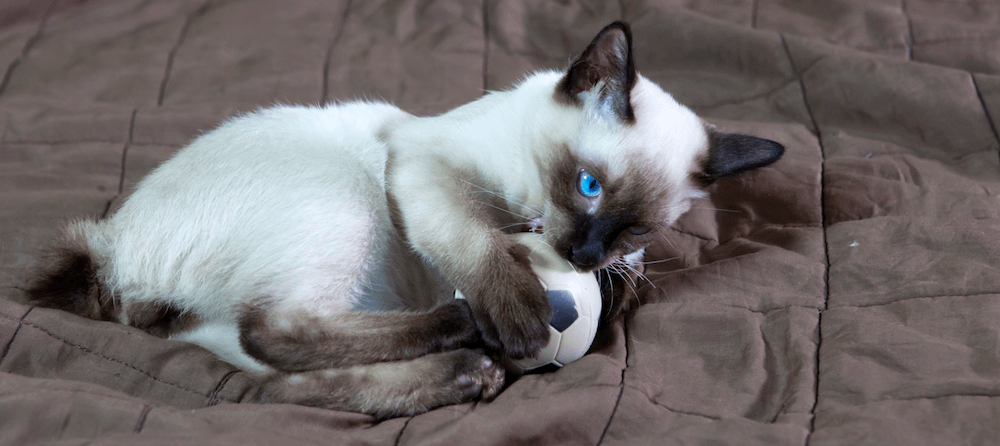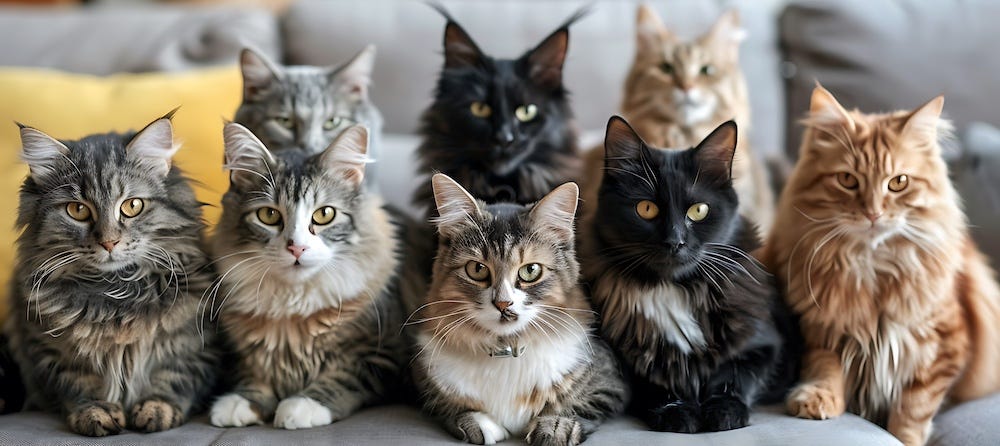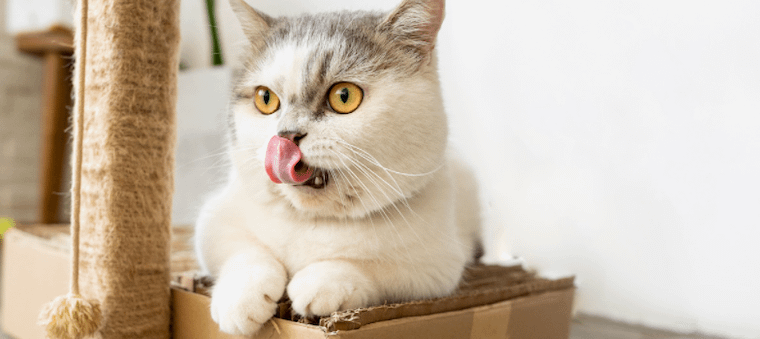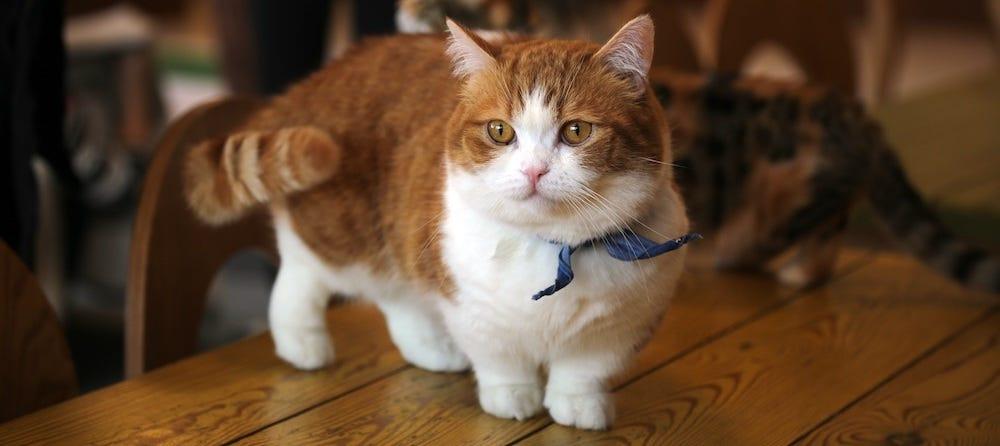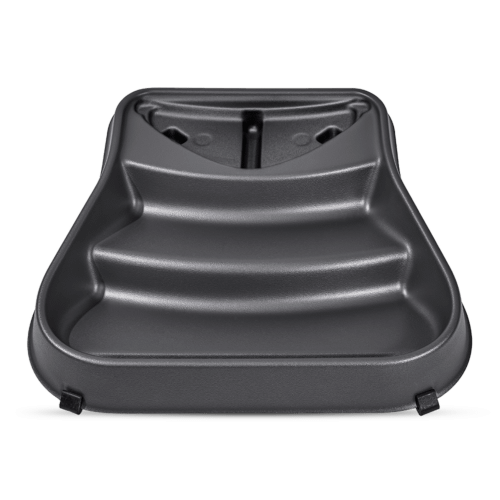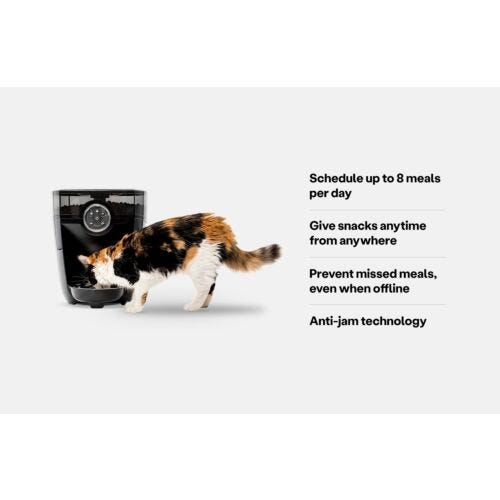Munchkin cats (also called “sausage cats”) are regular domestic cats that stand out because of their shortened legs, giving them a much smaller stature than other breeds. These shortened legs come from a naturally occurring mutation that can actually arise in any cat. While extremely cute and sweet-looking, Munchkins are quick, intelligent, and love a good game of hide-and-seek with shiny objects.
The Munchkin cat doesn’t behave differently from any other cat breed; frankly, they don’t know that there’s anything unique about them. It makes no difference to them what their leg length is—they make do with their size as best as possible.
For cat lovers, coming across the Munchkin is an adorable treasure, and the allure of their unique look can capture your heart.
| Munchkin cat | ...at a glance |
|---|---|
| Personality | Playful, affectionate, inquisitive |
| Life expectancy | 12-15 years |
| Weight | 4-9 lbs |
| Coat & colors | Short or long; various colors & patterns |
| Energy level | High |
| Affection level | High |
| Friendliness | High |
| Shedding level | Medium |
| Required grooming | Medium |
Overview of a Munchkin cat
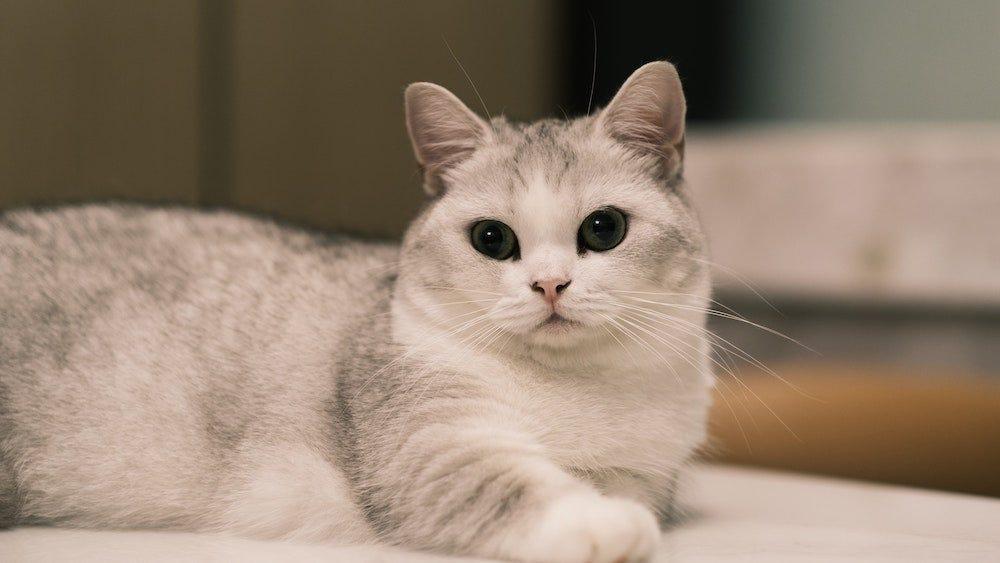
The Munchkin cat is considered a small breed, unsurprisingly. Their legs are about 3 inches shorter than a regular-sized domestic cat, which puts them at around 5-7 inches tall.
They look small, weigh rather light, and use their size as an advantage. They aren’t very bulky, but they are still strong little felines.
Weight
On average, a Munchkin cat will weigh anywhere from 4 to 9 pounds. Their bodies are very flexible and lightweight. Munchkins tend to get enough exercise easily and can keep up a healthy weight. While they love a good snuggle, they really enjoy playing and running all around the house.
Length
Though their legs are shorter, the Munchkin cat is the same length as many other small-sized cat breeds. They can reach up to 18 inches long from their noses to the tip of their tails. You might see a Munchkin cat and be reminded of dog breeds like Corgis or Dachshunds, due to their low but long bodies.
Coat
There are both longhair and shorthair Munchkin cats. Shorthair Munchkins have a plush coat, and longhair Munchkins feel more silky and smooth. The Munchkin cat can have a coat with any color and pattern combination.
While tabby and pointed patterns are commonly seen in this dwarf cat breed, you really can’t expect a litter to look a certain way. Munchkin cats also have a range of eye colors, including yellow, blue, green, or even copper.
Lifespan
Despite the breed resulting from a natural genetic mutation, Munchkin cats don’t have major associated health issues. When they are properly cared for, Munchkin cats can live for 12 to 15 years.
Proper nutrition and plenty of fun exercise are key. Luckily, we cat people love to help them out with this—no thank you card needed!
History of the Munchkin cat breed
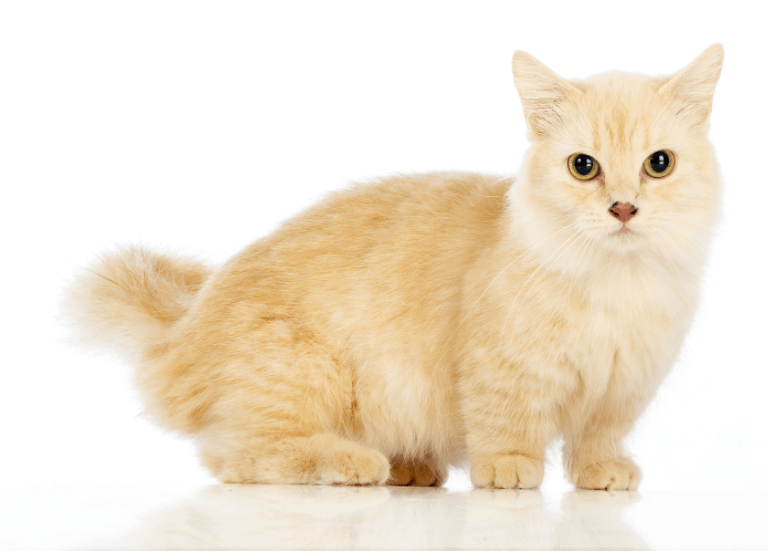
Munchkin cats are not a result of selective breeding but rather a natural genetic mutation. In the United Kingdom before World War II, short-legged cats were somewhat common, but the war changed that and lowered the population.
The origin story for the Munchkin breed begins in Louisiana with a cat called Blackberry. In the 1980s, a music teacher named Sandra Hochenedel found a pregnant cat, Blackberry, who had very short legs.
The litter consisted of half long-legged cats and half short-legged cats, which surprised Sandra. One kitten from this litter specifically stood out to Sandra, and she named him Toulouse. Sandra gave Toulouse to her friend, Kay Lafrance, but not before mating him with Blackberry.
The short-legged gene is autosomal dominant, meaning it is not sex-linked and will express itself whether it’s inherited from one or both parents. When inherited from both parents, this gene is lethal; the embryos will die in the womb.
This means that Munchkin cats cannot be bred with each other, and instead must be bred with regular domestic cats.
When you breed a Munchkin and a regular domestic cat, there’s a 50/50 chance that the kittens will be short-legged. Those that are Munchkins will have the gene represented in them, whereas the regular cats will not have the gene, despite coming from a Munchkin parent.
Sandra and her friend realized that they might be onto something with these cats; they decided to name them Munchkin cats, after the people in "The Wizard of Oz."
The controversy over this cat breed
Not all cat associations believed Munchkin cats should be deemed a new breed because it might promote unethical breeding practices.
The Munchkin breed was new and unknown to many, which meant uncertainty over future health problems in the breed. Many breeders feared that Munchkin cats would have leg and spinal problems that would eventually cause painful issues.
The genetics committee of The International Cat Association (TICA) advocated for this cat’s acceptance, while the Cat Fanciers Association does not support this breed.
The Munchkin cat is not accepted by all cat associations across the world, but that doesn’t mean there isn’t a devout following of this breed. Many people quickly became enamored with Munchkin cats when they were introduced to the public in 1991. Despite disapproval from feline associations, people love their short legs and spunky personalities, making them a very sought-after cat.
Characteristics
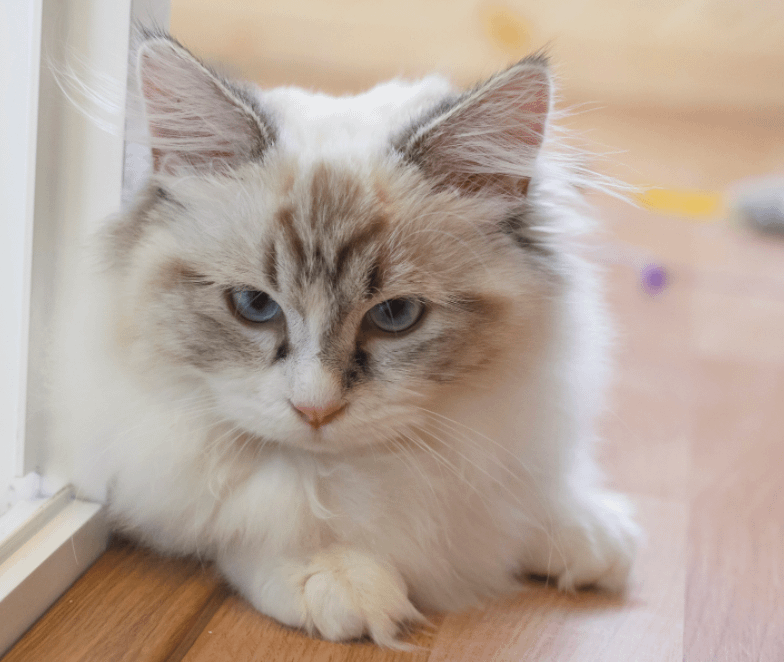
The main physical characteristic attributed to this small- to a medium-sized cat is their short legs. These legs are about 3 inches shorter than a regular domestic cat, which helps to improve a Munchkin's center of gravity. Due to their short legs, they are able to move very quickly, turning more easily and nimbly than other cats.
Many call them a kangaroo cat due to their ability to stand on their hind legs (bribing them with treats might do the trick!).
Their tail matches their long body in size, and will either stand straight up in the air or be slightly tapered at the tip. The Munchkin has very alert ears that sit largely on the top of their head. Their wide eyes create a very watchful and curious expression.
Personality
The Munchkin cat is extremely playful, affectionate, and intelligent. They may look like forever-kittens, but they are willing to learn and create habits with you.
The Munchkin cat is very sociable and can get along with people, other cats, and dogs. They like having a playmate, especially because they are so lively and inquisitive. These cats are amazing with children and make for great family pets.
Munchkins are extraordinarily clever and like to come up with games. They will find your favorite shiny objects like a magpie and hide them throughout the house. That’s a game you may not know you are playing!
Not only do we recommend keeping your small valuables hidden away in a safe place, it’s best if you have plenty of cat toys and enrichment activities available for your Munchkin cat. They will likely get into trouble if they become bored.
As rowdy as the Munchkin can be, they love a good snuggle with their favorite people. When tired, they will want to curl up on your lap and demand all the affection they can get from you. You’ll know that you’ve been accepted by your Munchkin when they make your nightly cuddles a habit.
Caring for a Munchkin cat
These cats are highly energetic and need to be exercised frequently. Having toys and games lined up can help keep your Munchkin occupied. For short-haired Munchkins, grooming is pretty straightforward and should maintain shedding. Long-haired Munchkins might need to be groomed more frequently to limit hairballs.
Because the Munchkin cat is short, their behinds are closer to the ground when they are using the bathroom. Therefore, it’s essential that you keep their litter box clean. It’s easiest to do this when you have an automatic, self-cleaning litter box like Litter-Robot that ensures a clean bed of litter every time your Munchkin needs to go. (And if you’re worried about your Munchkin hopping into Litter-Robot, you can add a ramp!)
Cat furniture can help Munchkins reach new heights safely. They aren’t the best jumpers, so providing them with easy access to various levels on a cat tree will boost their confidence.
Possible health-related issues
Veterinary experts are still monitoring Munchkins’ short legs and health issues.
Like certain other domestic cats, the Munchkin is prone to:
- A kidney disorder called uremia
- A hormonal imbalance called hyperthyroidism
In addition to keeping a close eye on your Munchkin’s physical condition, taking them to the vet at least annually will help to ensure their health.
Cat lovers and the Munchkin
We certainly see the appeal of the Munchkin cat. They are amazingly cute, and they look like a kitten forever. Loving a Munchkin cat means you’ll get unlimited entertainment, a loyal companion, and someone that will bring you joy for many years.
Sources:
- A Structural Ugdh Variant Associated With Standard Munchkin Cats | NCBI
- Autosomal Dominant | National Human Genome Research Institute
- Hyperthyroidism in Cats | Cornell University College of Veterinary Medicine
- A Cat Fight Breaks Out Over a Breed | The New York Times
Photo credits:
- Tran Mau Tri Tam via Unsplash
- Bobbi Wu via Unsplash
- Lawren Gamble

